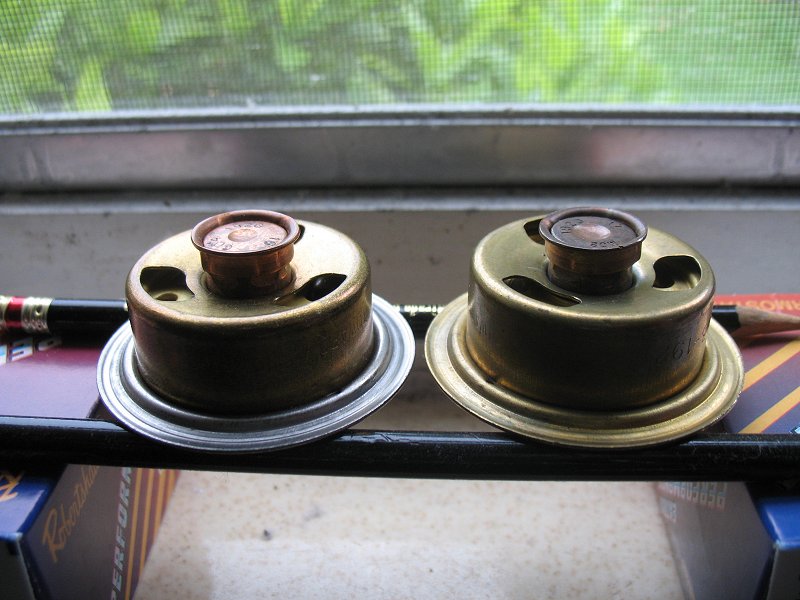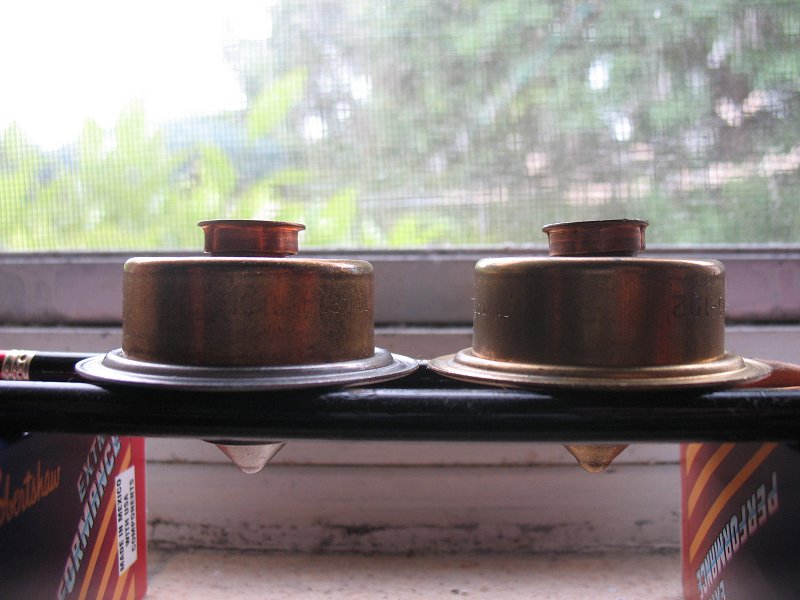digithead
Well-known member
- Joined
- Jan 24, 2016
- Messages
- 264
- Reaction score
- 2
- Location
- UPSTATE NY
- My Car
- 1973 Mustang 351C-4V 4BBL 4 SPEED CONVERTIBLE White
Dear Lord, talk about 1 thing leading to another. So when I bought the car, the temp gauge did not work, but the PO scabbed in a digital readout water temp hidden in ashtray. It would read 150F. So I removed all his cobbled work, and put in all new triple gauges. New AutoMeter gauges read 75PSI, 14Volt, and 150F. I got a new thermostat today, and open car and removed old one. Lo and behold, he's got wrong style for 351C and a 160F. So I read a ton of your posts and went with 180 (hell its gotta be better then 150!!). I drain some coolant down before I do the work. Its draining orange. I am scratching my head. I get up and open radiator and look in again. Its clearly a perfect green up there! WTH. I have driven it enough that is should be all mixed up to at least one color, wouldnt it? New aluminum radiators use orange, so which is it? Do I drain it all and go back to green? Or is it new radiator that makes it use orange? When I had top radiator hose off, it appears copper at least that nipple into the main body of radiator.
In pix, old tsat is on the left. My new STANT is on the right. Thanks

In pix, old tsat is on the left. My new STANT is on the right. Thanks








